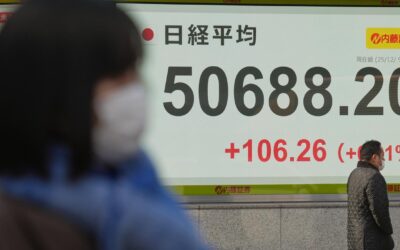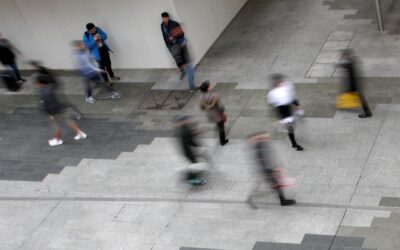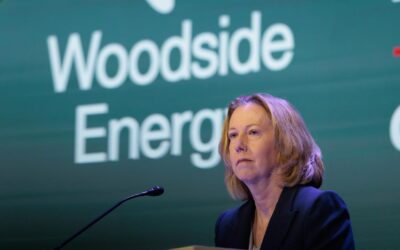Sorry, that’s old news…
You’ve found an older news story. We delete stories from our AAP News Feed after two months. But fear not, here’s today’s news!

The Productivity Commission has released the final reports into its five-pronged inquiry into how to fix ...

Markets imply around a 90 per cent chance the BOJ will raise its rate a quarter point to 0.75 per cent later on Friday.

WiseTech Global has released more findings from an external review into the alleged misuse of company funds by ...

Moved by the carnage at Bondi, tens of thousands of Australians have given blood and made financial donations to ...

Australia's richest state has unveiled a modest mid-year budget windfall due to strong commodity prices and a ...

Australia's net overseas migrant intake dropped last financial year but is unlikely to fall as far as government ...

An independent review has found a host of failings by Optus during a triple-zero outage that was linked to two deaths.

Woodside Energy chief Meg O'Neill, long a target of climate activists, has resigned from the firm, but she won't ...
No results found.
Background image courtesy victoriancollections.net.au